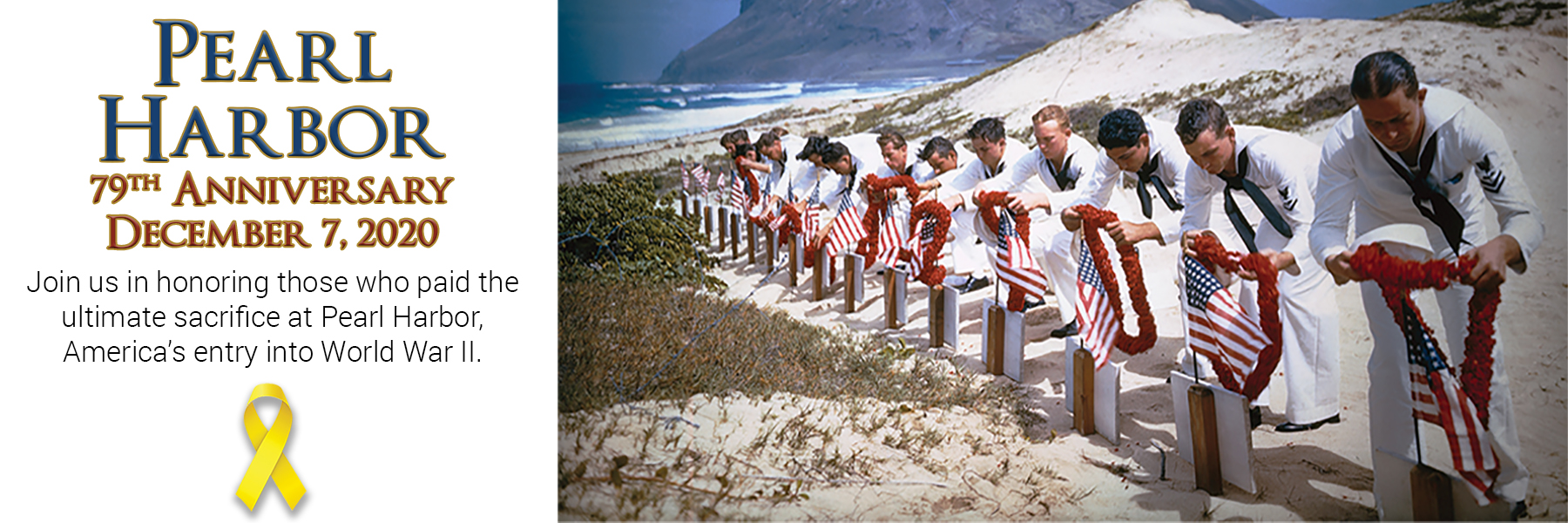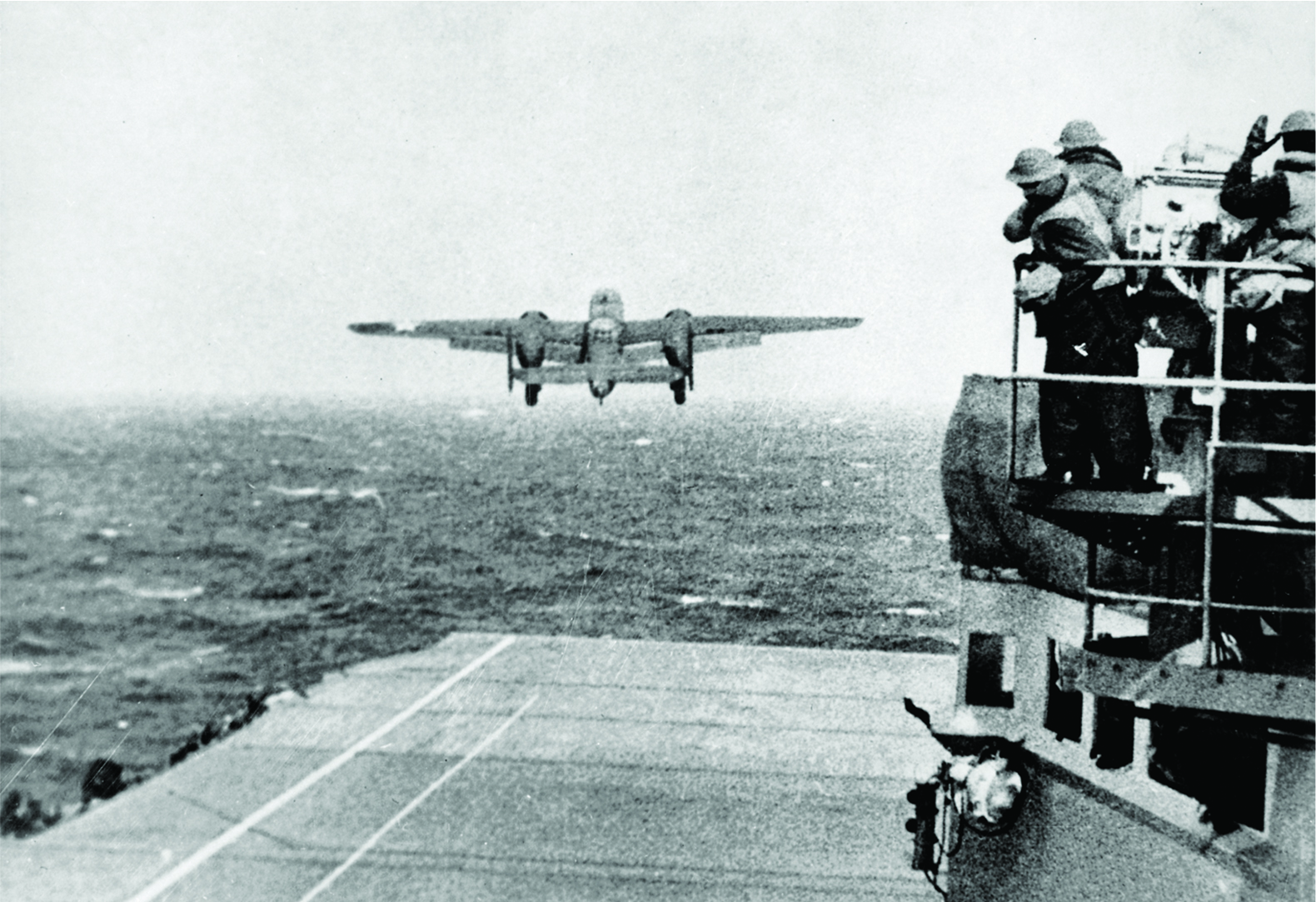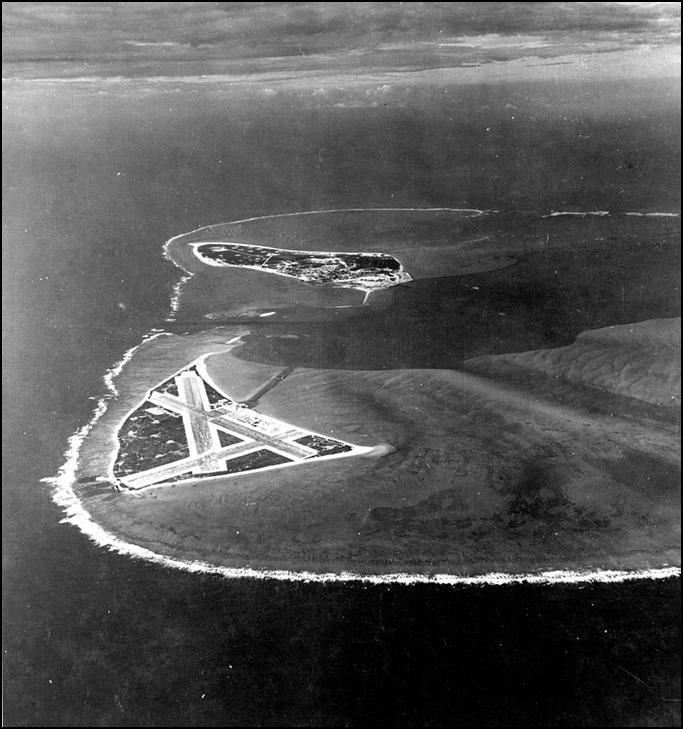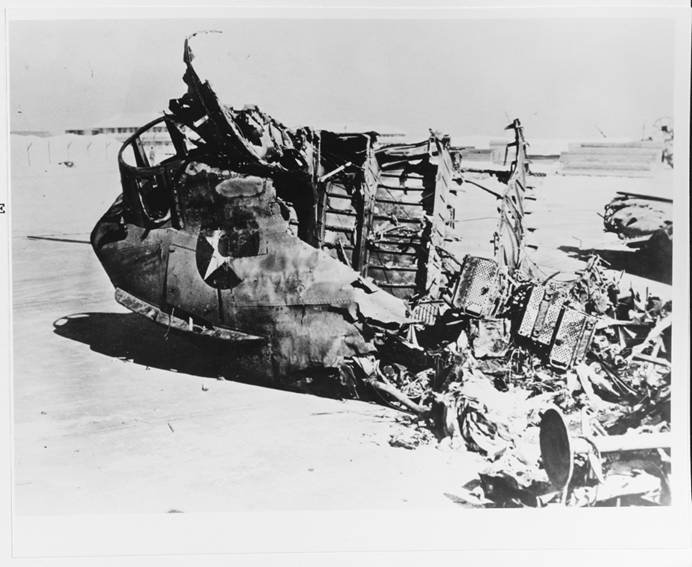
December 7, 1941, a day that will live in infamy.
The Empire of Japan initiated hostilities with the United States on December 7th, 1941 with a surprise attack on Pearl Harbor and other important U.S. bases such as the Philippines, Wake Island, Midway Island and Guam. At the same time the Japanese initiated attacks against the British Empire by attacking their bases in South-East Asia.
At Pearl Harbor, the Japanese attacked in two waves with aircraft from six of their fleet Aircraft Carriers. The attack stunned the world as the Japanese sank 4 Battleships, damaged 4 more, sank or damaged 8 other ships and destroyed 188 aircraft in the air and on the ground. All of this damage for the loss of only 29 planes and 5 midget submarines. Luckily for the U.S. fleet, their Aircraft Carriers were not in port and so they escaped this destruction.
In the Philippines, communication issues and weather conspired to let the Japanese catch the bulk of the U.S. aircraft units on the ground, destroying a large number of them before they could ever get into the fight, including a significant number of B-17 bombers.
At Wake Island, while the U.S. had 4 Wildcat fighters in the air searching for any Japanese attackers they did not see them as they slipped by and destroyed the other 8 on the ground and caused heavy damage to the airfield and other facilities.
At Midway Island, 2 Japanese Destroyers shelled the island but left without completing their mission of destroying the Naval Air Station there.
At Guam, attacking Japanese aircraft from Saipan destroyed several facilities and sank the only ship of any size in the harbor, the USS Penguin, a minesweeper.
All in all, December 7, 1941 was not a good day for U.S. forces in the Pacific. However, there were some silver linings. As mentioned, the US carriers were not at Pearl Harbor and before too long they were reaching out into the Pacific, raiding Japanese bases. On Wake Island, the defenders were damaged but not defeated and even repulsed the first Japanese landings a few days later, sinking the first major ships of the war (2 Japanese Destroyers). In the Philippines, the campaign started poorly but the isolated U.S. and Philippine forces actually fought on well into 1942, disrupting the Japanese timetable somewhat.
Most importantly, the Japanese surprise attack hardened the resolve of most Americans and the country was unified in their desire to enter the war and defeat the Axis powers. This single act doomed the Axis powers as the economic prowess of the United States gave the Allies an overwhelming advantage and led to their eventual victory.
USS Hornet CV-8 was stationed at Norfolk Navy Base in Virginia when the war started. USS Hornet’s first mission was to participate in the famous Doolittle Raid on April 18, 1942, the U.S.’s first offensive strike against Japan after Pearl Harbor.

The Japanese attack on Midway Island on December 7, 1941. Click the link below for a full article written by one of the USS Hornet Sea, Air & Space Museum employees.
A great YouTube video detailing the Pearl Harbor raid and how the Japanese should have accomplished more:




